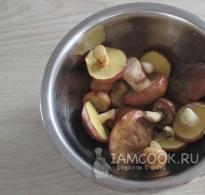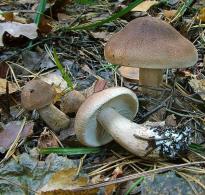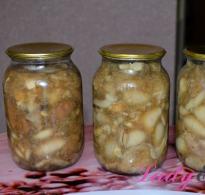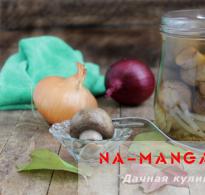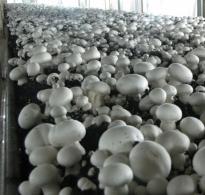Champignons - mushrooms of kings
Champignons are mushrooms that are found in a wide variety both near human dwellings and in forest glades and meadows. Champignons are subdivided into several types: forest champignon, field champignon and common champignon. It is the last variety that is presented to us in the form of a delicacy on store shelves, which today is successfully grown in artificial conditions. And this is far from coincidental. The fact is that champignons of this variety, by their nature, love to develop areas for growth, richly flavored with manure and human waste. Therefore, their thickets can often be found in pastures and behind barns.
Champignons have a wonderful feature. In the natural conditions of their habitat, they actively grow and reproduce from the very beginning of spring to late autumn. In artificial conditions, they can be grown year-round, without special care. This can be the basis for any person. Moreover, champignon mushrooms belong to the second category of suitability. This allows them to be used in food boiled, fried, stewed, pickled and dry.
What does ordinary champignon look like?
Common champignon is familiar to each of you. As mentioned above, this particular type of mushroom is actively sold in grocery stores. The common champignon looks like this: its distinctive color is white. A champignon hat measures up to 15 cm in diameter. At a young age, the edges of the cap are bent inward towards the leg and tightly pressed. The inner surface of the cap is lamellar. The stem is usually short and dense in consistency. When cut, the champignon exudes a pleasant mushroom smell.
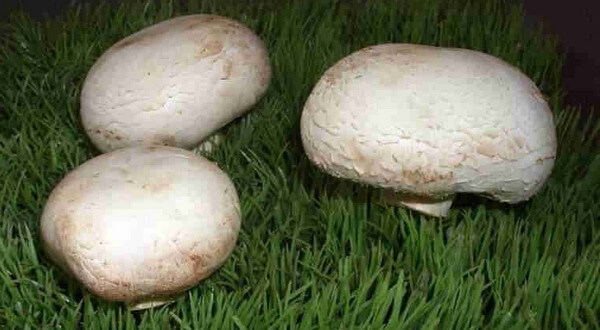
At an older age, the inner plates of the cap darken in the common champignon. Old mushrooms can be easily distinguished by their color. Their inner plates become almost black in color. Such mushrooms do not have the full completeness of the flavoring and aromatic bouquet.
Where forest mushrooms grow
Forest mushrooms grow in coniferous and mixed forests. Most often found in young spruce plantings. Active fruiting begins in July and ends with the onset of the first frost. The peculiarities of the growth of this fungus are such that during the summer season, with a frequency of two weeks, all new growths can appear in one place.
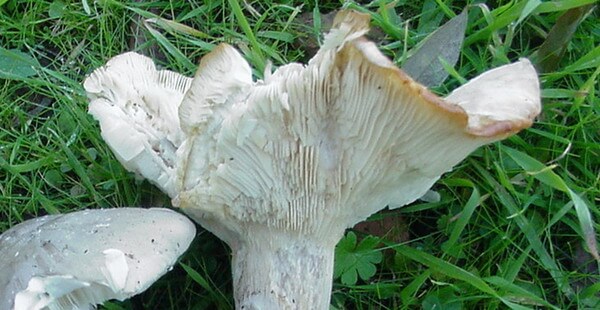
Forest mushrooms differ from ordinary mushrooms in their larger cap size. It reaches up to 15 cm in diameter. At the beginning of the development of the fungus, the cap is ovoid. In the future, the edges of the cap are straightened and take the shape of a saucer. The color of the cap is brownish brown with a darker spot in the middle. The surface of the fungus can be covered with scales or fibrous tissue.
The inner plates of the cap are white with a pink tint; as the mushroom matures, they darken and become almost black in color. They have a longer leg, reaching up to 20 cm in length. Its diameter is about a centimeter with a slight thickening at the base.
What is the difference between field champignon
Field champignon can be found with equal success both in pastures and in parks and forest recreation areas. The mushroom grows from early May to late autumn. Only fallen snow stops its growth and reproduction. The field champignon has a distinctive, characteristic smell of a mixture of anise oil and nutmeg.

